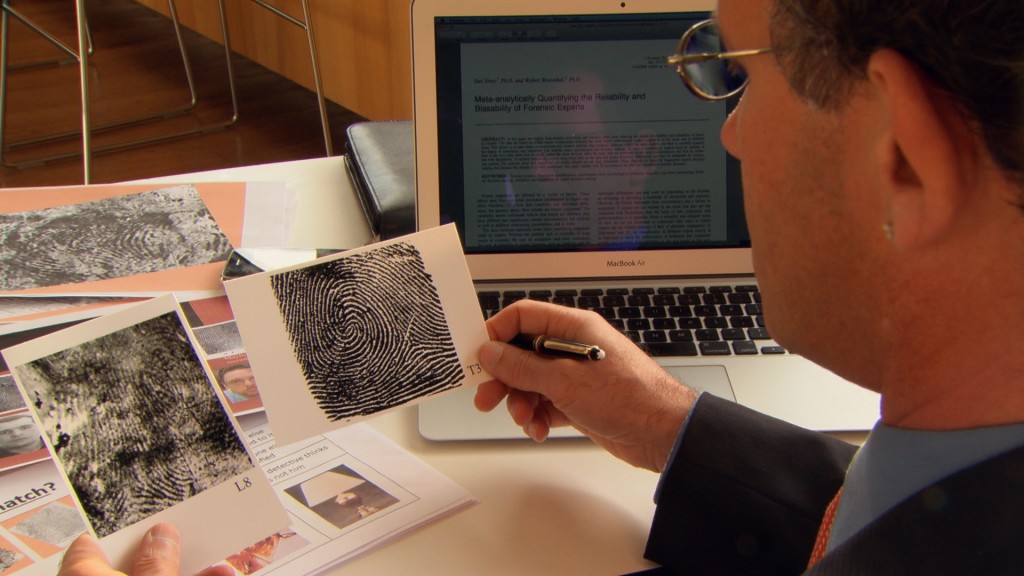Can Unconscious Bias Undermine Fingerprint Analysis?

April 16, 2012
Share
In 2004, cognitive neoroscientist Itiel Dror set out to examine whether the process of fingerprint analysis, long considered one of the most reliable forms of forensic science, can be biased by the knowledge examiners have when they attempt to find a match for prints from a crime scene.
In the clip above from tomorrow night’s film The Real CSI, FRONTLINE correspondent Lowell Bergman explains the way Dror constructed an experiment using the case of Brandon Mayfield. Mayfield, an Oregon lawyer, was at the center of international controversy in 2004 after the FBI and an independent analyst incorrectly matched his prints to a partial print found on a bag of detonators from the Madrid terrorist bombings.
Dror asked five fingerprint experts to examine what they were told were the erroneously matched prints of Mayfield. In fact, they were re-examining prints from their own past cases. Only one of the experts stuck by their previous judgments. Three reversed their previous decisions and one deemed them “inconclusive.”
Dror’s argument is that these competent and well-meaning experts were swayed by “cognitive bias”: what they knew (or thought they knew) about the case in front of them swayed their analysis.
The Mayfield case and studies like Dror’s have changed how fingerprints are used in the criminal justice system. The FBI no longer testifies that fingerprints are 100 percent infallible. “There’s going to be, I think, variability anytime there’s a human involved in the process,” FBI expert Melissa Gische told FRONTLINE.
If a fingerprint collected from a crime scene is a clean, full print, the odds of making a correct match are still good. But there’s still tension about the infallibility of examiners — and whether people have been convicted of crimes based on matching errors.
Watch tomorrow night’s film The Real CSI (check your local listings) for more on controversial forensic evidence — and to hear more about the Mayfield case from Brandon Mayfield himself.
Related Documentaries
Latest Documentaries
Related Stories
Related Stories
Policies
Teacher Center
Funding for FRONTLINE is provided through the support of PBS viewers and by the Corporation for Public Broadcasting. Additional funding is provided by the Abrams Foundation; Park Foundation; the John D. and Catherine T. MacArthur Foundation; and the FRONTLINE Journalism Fund with major support from Jon and Jo Ann Hagler on behalf of the Jon L. Hagler Foundation, and additional support from Koo and Patricia Yuen. FRONTLINE is a registered trademark of WGBH Educational Foundation. Web Site Copyright ©1995-2025 WGBH Educational Foundation. PBS is a 501(c)(3) not-for-profit organization.



















